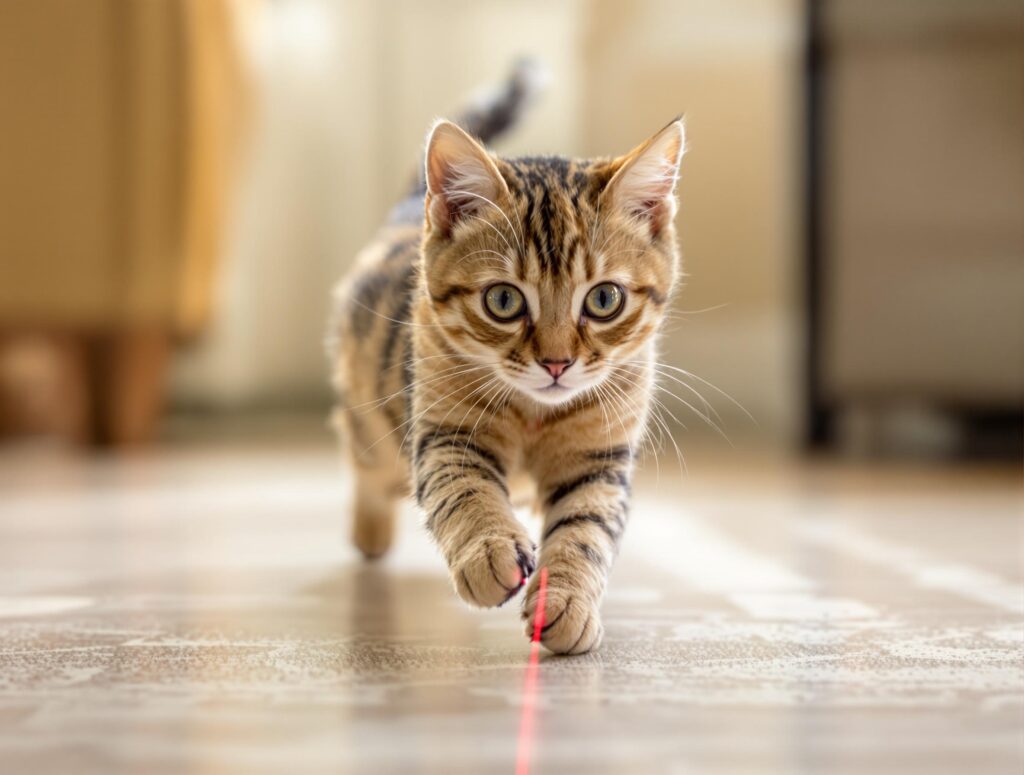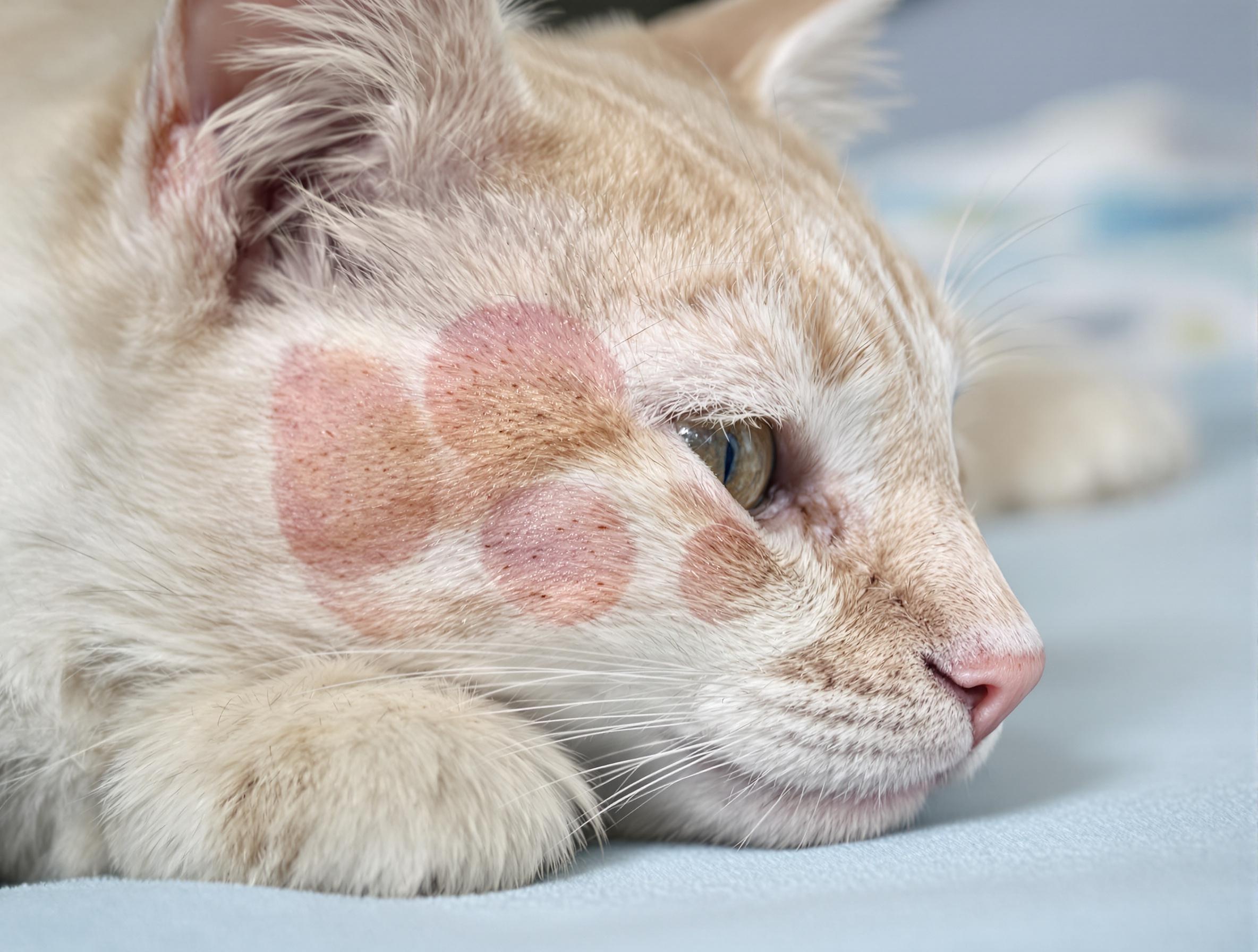
Key takeaways:
- Effective cat discipline is about redirection and positive reinforcement, not punishment.
- Understanding the cause of unwanted behavior helps you tailor a solution that works.
- Consistency, enrichment, and calm responses build better habits while preserving trust.
Understanding Cat Discipline
Cats have minds of their own—and that’s part of what makes them so lovable. But when their behavior starts to clash with your routines or your furniture, it’s easy to feel frustrated or unsure of what to do next. You may be wondering how to correct unwanted behavior without harming the trust you’ve built with your cat.
Discipline, when approached the right way, doesn’t mean punishment. It means understanding your cat’s instincts and gently guiding them toward better habits. At PetHealthMD, we’re here to help you navigate this process with kindness, patience, and techniques that support your cat’s well-being every step of the way.
Why Discipline Matters
Setting boundaries is just as important for cats as it is for dogs, even if they show their independence differently. By calmly and consistently redirecting unwanted behavior, you’re setting the stage for a more peaceful daily routine.
It’s much easier to guide behavior than to undo bad habits. The earlier you intervene, the more likely your cat is to respond well. With the right approach, discipline becomes a way to protect your home, reduce stress, and keep your cat happy and safe.
Common Causes of Unwanted Cat Behavior
Some behaviors that seem like mischief are actually your cat’s way of reacting to changes or unmet needs. Before assuming your cat doesn’t like you or is being “bad,” it helps to look at what might be going on behind the scenes. Common reasons cats act out include:
- Changes in the environment: A new piece of furniture, house guests, or even a different feeding schedule can throw your cat off.
- Pent-up energy: Without enough mental and physical stimulation, mischief becomes a creative outlet.
- Multi-cat tension: Turf wars between cats can result in litter box problems, food guarding, or aggression.
- Stress or anxiety: Loud noises, unfamiliar visitors, or changes in routine can all lead to anxious behavior.
Understanding what’s driving your cat’s behavior is the first step toward addressing it. Once you identify the likely cause, you’ll be in a much better place to figure out what kind of support or structure your cat needs.
For stress-related behaviors or anxious tendencies, explore calming aids for cats to help them feel more relaxed. You can also browse cat behavior and training supplies and cat toys to support positive enrichment.

When to Worry: Behavior That May Signal Health Issues
Since cats are good at hiding discomfort, even small changes in their habits can signal deeper issues. Paying close attention to these patterns can help you spot more serious conditions early:
- Frequent or loud meowing: May indicate hyperthyroidism, high blood pressure, or cognitive decline.
- Litter box avoidance: Could signal urinary tract infections or bladder stones.
- Overgrooming or hair loss: Can point to allergies, pain, or stress.
- Aggression or irritability: Might be caused by arthritis, dental pain, or kidney disease.
- Changes in appetite or weight: Skipping meals or overeating can suggest diabetes or gastrointestinal issues.
- Unusual hiding or restlessness: Often reflects anxiety or discomfort.
If your cat shows any of these signs—especially more than one—it’s worth scheduling a vet visit. And if the cause turns out to be stress rather than illness, your vet can guide you through behavioral or calming strategies.
How to Stop Unwanted Cat Behavior
Cats respond best to consistency, clear signals, and positive interactions—especially when those interactions reward good choices. Instead of focusing on punishment, it’s more effective to create an environment that encourages your cat to repeat the behaviors you want to see.
Reward Good Behavior with Treats or Play
When your cat makes a choice you want to see more of—like using their scratching post instead of your couch—respond quickly with something they love. A favorite treat, a few minutes of play, or some gentle praise can go a long way.
Use Clicker Training to Reinforce Positive Actions
Clicker training is a simple way to mark the exact moment your cat does something right. Start by clicking and then giving a treat so they associate the sound with something positive.
Prevent Boredom with Enrichment and Variety
Cats who don’t have enough stimulation often find their own entertainment—and that can lead to trouble. Keep your cat engaged with rotating toys, puzzle feeders, and climbing spaces to help prevent destructive behaviors.
Try Pheromone Diffusers for Stress-Related Behaviors
Some unwanted behaviors are rooted in stress. Pheromone diffusers can help your cat feel secure and calm. Try placing them near litter boxes or scratching spots.
Keep Training Sessions Short and Consistent
Long training sessions can overwhelm your cat. Instead, aim for short bursts throughout the day, keeping things light and positive.

Avoid Common Mistakes in Cat Training
Cats aren’t being stubborn when they don’t follow your lead—they’re just wired differently. A few small changes can make a big difference:
- Avoid scolding or startling them. Yelling or using spray bottles can cause anxiety and damage trust.
- Avoid changing the rules. Be consistent with boundaries so your cat doesn’t get mixed signals.
- Don’t expect dog-like obedience. Cats respond to what benefits them, not commands.
- Avoid delayed reactions. Intervene while the behavior happens to help your cat connect the cause and effect.
Feline Discipline FAQs
How can meal timing improve my cat’s daily habits?
Setting regular feeding times helps reduce demanding behaviors like early morning wake-ups. Try engaging food puzzles or interactive feeders to make mealtimes more stimulating.
What’s the best approach for teaching multiple cats?
Give each cat its own space and resources, including beds, feeding stations, and litter boxes, to prevent competition or guarding.
Will spaying or neutering help with my cat’s training?
Yes, spaying or neutering often leads to calmer behavior and reduces marking and aggression, making training more effective.
Building Better Habits Together
Changing behavior takes time, and with cats, it’s all about small, consistent steps. Gentle redirection and positive reinforcement go a long way in helping your cat understand what’s expected—without fear or confusion. As their habits improve, so does the connection you share.
At PetHealthMD, we believe discipline should be rooted in trust. That’s why we offer guidance built around positive communication and your cat’s instincts. Whether you’re tackling a new behavior issue or refining your approach, we’re here to help you create a peaceful home that both you and your cat can enjoy. Visit our Cat Supplies page to find the essentials that support a calm, happy, and well-behaved cat.





